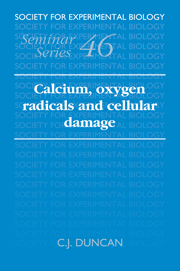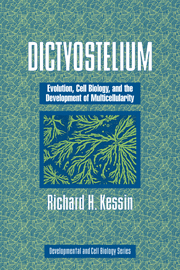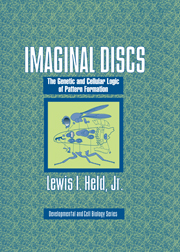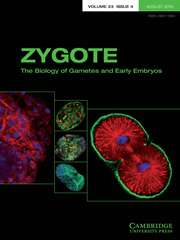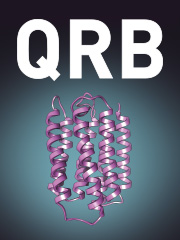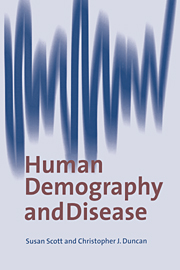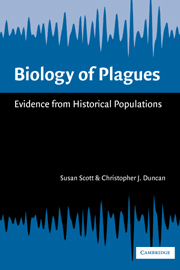Calcium, Oxygen Radicals and Cellular Damage
The cellular events underlying rapid cellular damage in different organs are potentially of great medical importance, for example muscular dystrophy, liver damage and the preservation of kidneys for transplantation. Many hypotheses exist for the biochemical pathways involved in these damage processes. The roles of calcium and active oxygen metabolites are of particular interest. There is considerable literature on both these triggering agents and good evidence for their involvement in the genesis of damage, although little agreement on their precise roles. This volume records the proceedings of a meeting held by the Society for Experimental Biology that attempted to determine whether there are common mechanisms of cellular damage and to explore the ways in which calcium and oxygen radicals may interact to generate damage. The questions addressed, in particular, are whether there are any common biochemical pathways, and the specific and possibly interacting roles of calcium and active oxygen metabolites.
- An understanding of what occurs, at the cellular level, during heart attacks etc. will enable research to continue into methods of prevention and treatment
- The book has many practical implications and will be of interest to both cell biologists and medical scientists
Reviews & endorsements
"...I could hardly put this book down, I constantly refer to it and my own research has already benefitted from the knowledge and opinion contained within....I am sure you will find it a very useful reference text too; and also a very good read." J. Lunec, BSCB Newsletter
"...a timely reminder of the much-needed research effort in this area." John M. C. Gutteridge, Quarterly Review of Biology
Product details
November 1991Hardback
9780521380683
240 pages
237 × 157 × 18 mm
0.502kg
67 b/w illus. 9 tables
Available
Table of Contents
- 1. Are there common biochemical pathways in cell damage and cell death? C. J. Duncan
- 2. Free radicals in the pathogenesis of tissue damage M. J. Jackson
- 3. Calcium and signal transduction in oxidative cell damage P. Nicotera, G. E. N. Kass, S. K. Duddy and S. Orrenius
- 4. Regulation of neutrophil oxidant production S. W. Edwards
- 5. Reperfusion arrhythmias: role of oxidant stress M. J. Shattock, H. Matsuura and D. J. Hearse
- 6. Biochemical pathways that lead to the release of cytosolic proteins in the perfused rat heart C. J. Duncan
- 7. Malignant hyperthermia: the roles of free radicals and calcium? J. R. Arthur and G. G. Duthie
- 8. Free radicals, calcium and damage in dystrophic and normal skeletal muscle M. J. Jackson, A. McArdle and R. H. T. Edwards
- 9. Ultrastructural changes in mitochondria during rapid damage triggered by calcium C. J. Duncan and N. Shamsadeen
- 10. The importance of oxygen free radicals, iron and calcium in renal ischaemia J. D. Gower, L. A. Cotterill and C. J. Green
- 11. The Rubicon Hypothesis: a quantal framework for understanding the molecular pathway of cell activation and injury A. K. Campbell.

